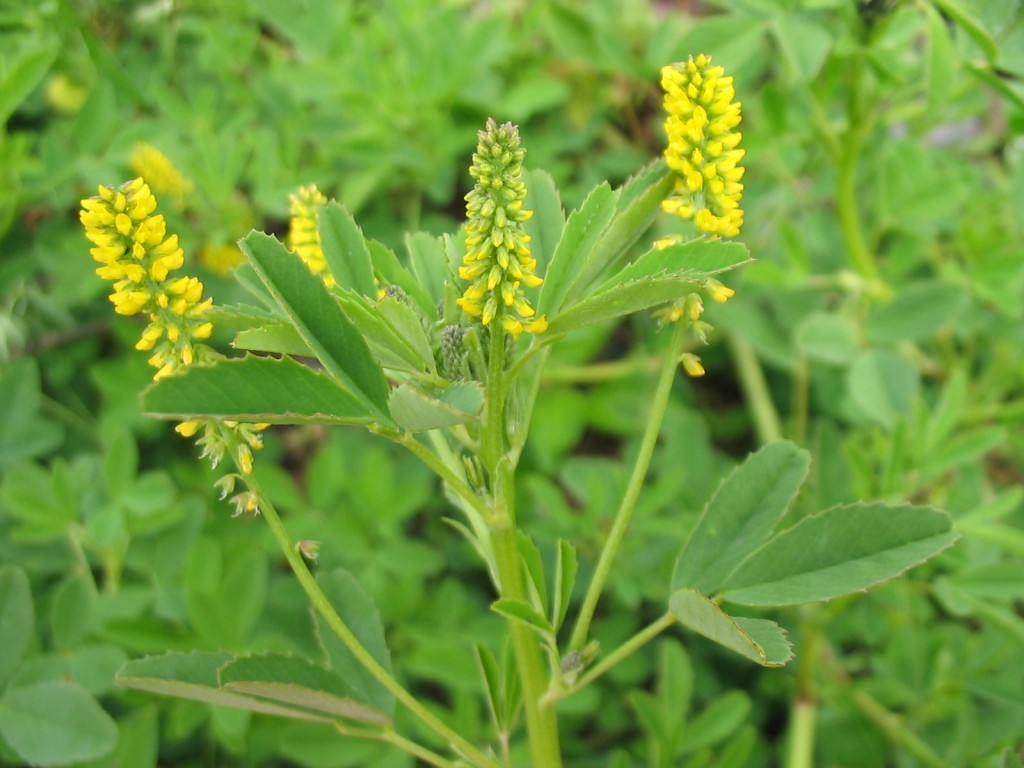As winter settles in on the farm and our production slows, we have a brief respite to plan for the year ahead and try out new things. This week, we’ve been looking for a creative method for managing gophers. These critters can be devastating on the farm as they feast on the roots of our fruit trees, damaging their roots systems and sometimes even killing them.
One of the beautiful challenges of organic farm- ing is finding natural, chemical-free solutions to pests like gophers. Last year, we installed owl boxes across the farm to encourage our feathered friends to do go- pher control for us. But, in recent weeks, the scales have begun to tip and we need to double our efforts. After much research, we might have an answer – cover crops.
A cover crop is just about any crop a farmer cultivates for purposes other than sale. They are used to protect from erosion, add nutrients and organic material to the soil, provide habitat and nutrition for beneficial insects, draw away harmful insects and much more.
We have a long history of cover cropping at Frog Hollow Farm. We’ve planted indigenous California species like Poppies to attract native bees and other pollina- tors. And, we utilize volunteer species or what some might call “weeds” to main- tain the water, nutrient and organic material content of our soil. Check out Farmer Al’s note to find out more on cover crops on Frog Hollow Farm.
Now we’re curious to see if we can extend this strategy to our goffer problem. One crop we’ve found which might do the trick is called Sour Clover. Sour Clover, or Melilotus Indica, is most commonly used a green manure in citrus orchards here in California. Farmers cultivate it in the winter to protect their soil and add nitro- gen before eventually tilling it into the soil to add nutrients and organic material. Some research suggests that is deters gophers as well. The roots of the Sour Clover contain a chemical called coumarin which acts as a blood thinner. As it turns out, gophers are naturally hemophiliacs, making the clover a risky meal and thus a potentially strong gopher deterrent.
We’re hopeful that the Sour Clover might be a useful gopher management tool. But, as with everything else in organic farming, there’s no telling what will work until it does! We’ll begin experimenting with the clover in the coming weeks.We’ll keep you posted on how it comes along!

 Follow
Follow

